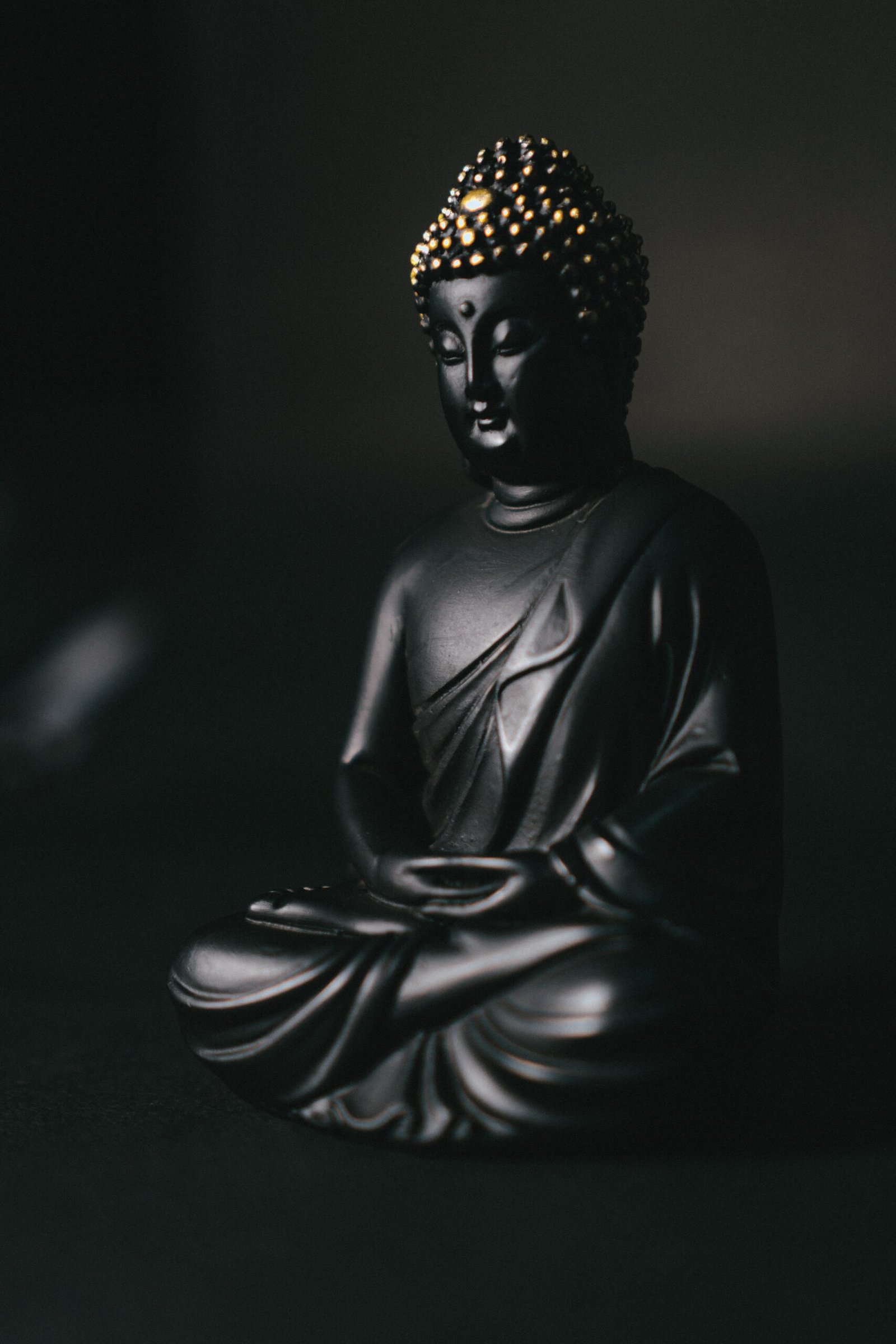The Mongol Conquest and the Birth of the Yuan Dynasty
The Mongol Empire, under the formidable leadership of Genghis Khan and later Kublai Khan, not only conquered vast territories but also revolutionized warfare, particularly during their conquest of China. This led to the historic establishment of the Yuan Dynasty in 1271. This period is renowned for the remarkable fusion of Mongol and Chinese military tactics.
The Mongol Cavalry Meets Chinese Siege Warfare
The Mongols, famed for their unmatched cavalry tactics, adeptly assimilated advanced Chinese siege techniques. This integration drastically transformed the Chinese military framework, making the Mongol forces more versatile and powerful.

The Yuan Dynasty: A Blend of Mongol and Chinese Military Might
Under the Yuan Dynasty, the Mongol rulers skillfully incorporated a large number of Chinese soldiers and generals into their ranks. This strategic move created an unparalleled military force that effectively merged the fierce mobility of Mongol cavalry with the structured and innovative Chinese military strategies.
The Emergence of the Manchu and Mongol Relations
Following the disintegration of the Mongol Empire, the Manchu people rose to prominence, establishing the Qing Dynasty in 1644. Despite the Mongols no longer being the central ruling power, the Qing Dynasty, led by the Manchus, sustained various diplomatic and tributary relations with the Mongol tribes.
Cultural and Political Interactions in the Qing Era
During the Qing Dynasty, there was a significant adoption of practices from the preceding Ming Dynasty. This era highlights the continued cultural and political interchanges between the Mongols and the Manchus, showcasing a complex and enduring legacy of interactions among the dynasties of China and the Mongol tribes.
In conclusion, the evolution of military strategies during these historical periods illustrates a fascinating blend of Mongol and Chinese tactics, shaping the course of Asian military history. The ongoing interactions between the Mongol tribes and successive Chinese dynasties further emphasize the rich, multifaceted relationships that have significantly impacted the region’s political and cultural landscape.
Tibetan Buddhism and the Mongol Empire: A Union of Faith and Power
The Mongol Empire, renowned for its religious tolerance under the leadership of Genghis Khan and his descendants, witnessed the significant influence of Tibetan Buddhism. This period was marked by the unique fusion of political power and religious faith.
Sakya Lama’s Influence on Kublai Khan
The integration of Tibetan Buddhism into the Mongol Empire’s fabric was catalyzed by the Sakya Lama of Tibetan Buddhism becoming a key political adviser to Kublai Khan during the Yuan Dynasty. This pivotal relationship fostered the widespread adoption and patronage of Tibetan Buddhism among the Mongol nobility, reshaping the empire’s religious landscape.
A Legacy of Cultural and Religious Exchange
The Mongol Empire, particularly during the Yuan Dynasty, was a crucible of cultural interaction and exchange. The Mongols assimilated various aspects of Chinese culture, including technological innovations and administrative methods. Meanwhile, Mongol military strategies and governance models left a profound imprint on Chinese society.
Tibetan Buddhism’s Impact on Mongolian Culture
The engagement with Tibetan Lamas brought an additional layer of cultural richness, significantly influencing the religious and cultural ethos of Mongolia and other regions under Mongol rule. This relationship between the Mongols and Tibetan Buddhism not only shaped the religious practices but also fostered a rich cultural exchange.
A Historical Epoch of Cross-Cultural Fusion
This era stands out as a remarkable historical phase characterized by extensive cross-cultural interactions. The amalgamation of diverse traditions under the Mongol Empire played a crucial role in shaping the political, cultural, and religious landscape of Eurasia. The legacy of this period, especially the influence of Tibetan Buddhism on the Mongol Empire, continues to be a subject of fascination for historians and scholars alike, highlighting the profound impact of these interactions on the course of Eurasian history.


